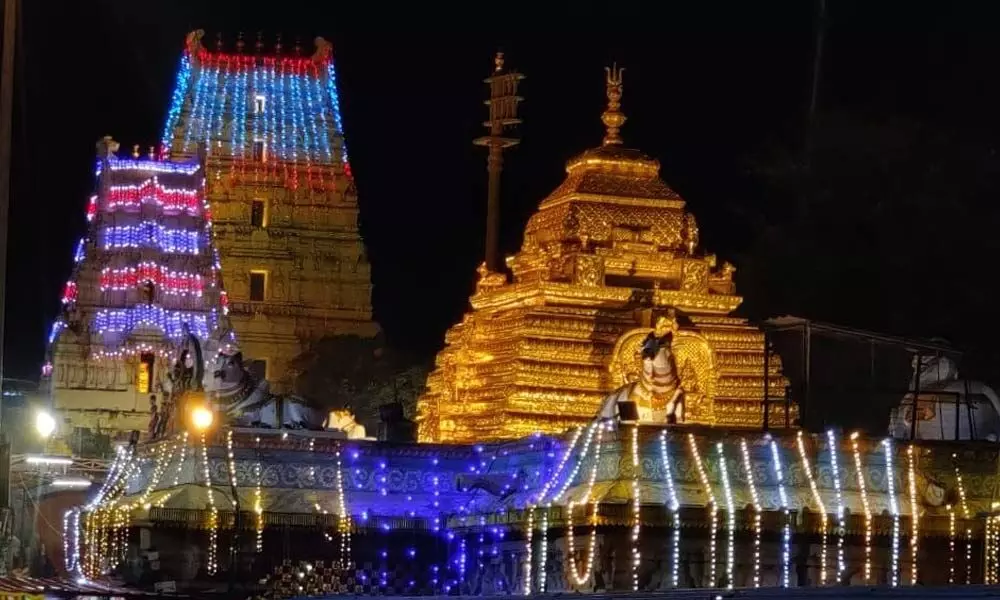Live
- Vishwasamskriti Mahayana-a prose epic 2nd volume released: Dr M Veerappa Moily’s another magnum opus
- J&K: Unprecedented security ahead of PM Modi's visit to inaugurate Sonamarg Tunnel
- Aus Open: Sumit Nagal suffers early exit after losing to Tomas Machac
- Upcoming IPOs: Five new public issues, eight listings scheduled for next week
- Steve Jobs' wife Laurene Powell prays at UP temple, to visit Maha Kumbh
- Punjab FC urge AIFF to review referees' decisions vs NEUFC, calls for introduction of VAR in ISL
- Plan to establish Al Qaeda training camp in Jharkhand uncovered
- Assam coal mine tragedy: Search & rescue ops underway to trace 5 trapped labourers
- Ram Charan Talks About Launching Akira Nandan on Unstoppable
- The Economic Impact of Medical Tourism: Opportunities and Challenges for Countries









